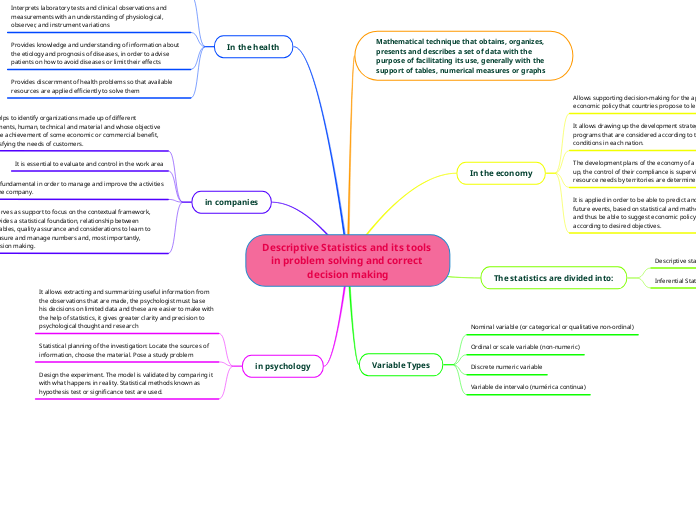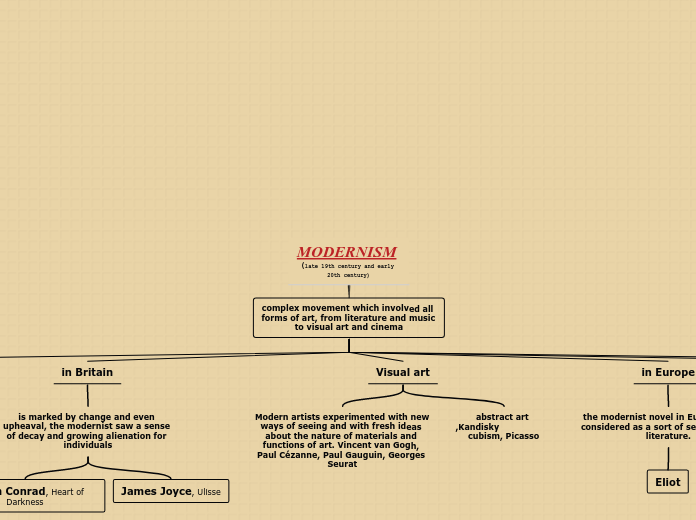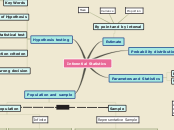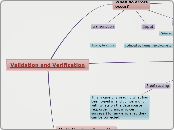door Leinny Tette 2 jaren geleden
299
Descriptive Statistics and its tools in problem solving and correct decision making
Descriptive statistics play an essential role in various fields, including psychology, economics, and business. In psychology, they provide clarity and precision to research, aiding psychologists in making informed decisions based on limited data.









